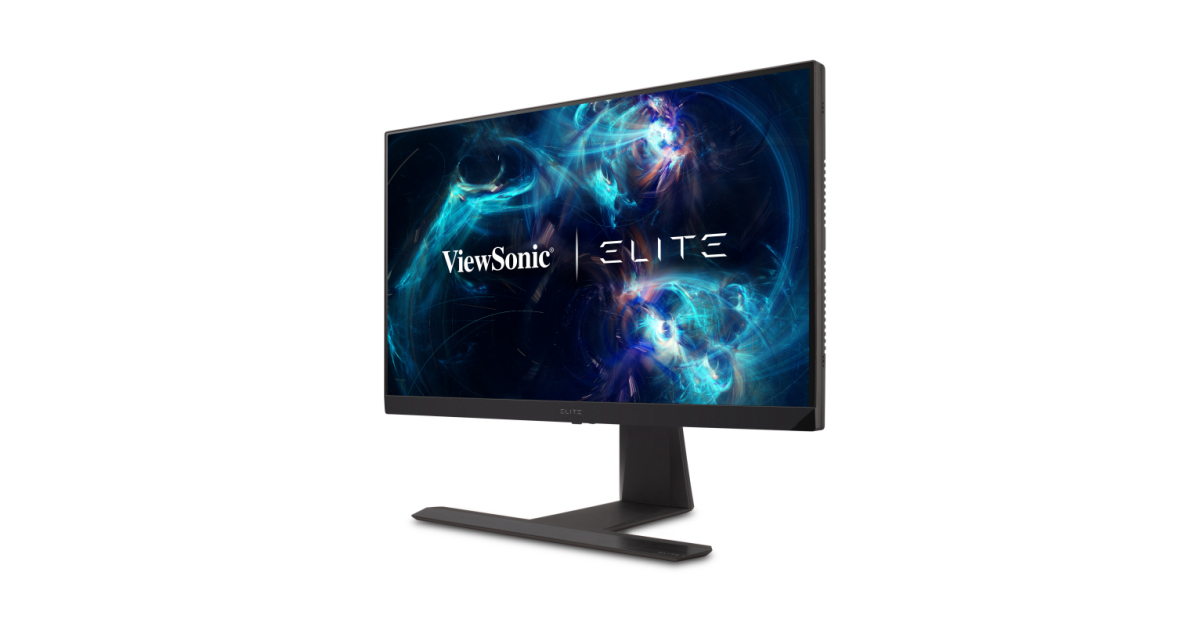Unknown Soldier
Member
Don't take the loud screaming of a very small minority as representative of all PC gamers. Enthusiasts have long appreciated pushing tech forward and companies which genuinely innovate. The reality is that RTX is selling well and has been since launch, because actual enthusiasts have been buying in and enjoying stuff like Metro Exodus which really uses ray tracing well.What I find crazy is PC gamers and enthusiasts getting mad at Nvidia for offering a premium product.I want bleeding edge, not "good enough".
I am glad that Nvidia offers a higher-tiered premium VRR product in G-Sync. The hardware module that AMD fanboys scream about is what allows the very wide refresh rate range and very low input lag characteristic of G-Sync. You can't do that with VESA Variable Refresh (Freesync) period, which is why it commands the premium it does. Nvidia constantly is trying to innovate in the PC gaming/enthusiast space which is why they enjoy the reputation they have.


